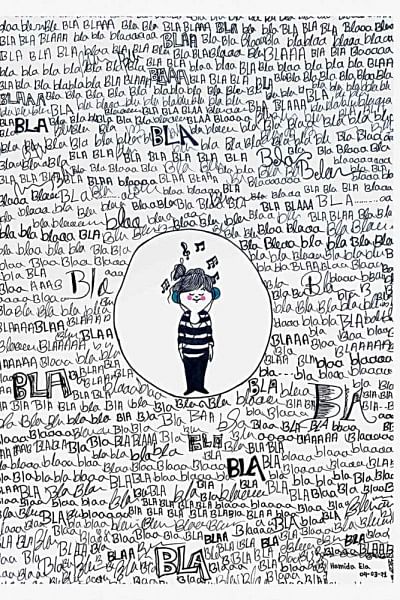Therapeutic effects of music on our body and mind

The therapeutic benefits of music are abundant. It is the music that stirs our emotions, enriches our life with melody, and often times aids us to overcome our melancholia.
And the rhythm, melody, and harmony of music equally help us fight numerous mental health disorders through the process of complex psychological intervention. The melodious rhythm and intonation of music have been used in different medical treatments over the past couple of decades and several research studies have demonstrated the countless benefits of listening to music including its effects on our blood pressure, heart rate, and even oxygen level in the blood. Hence, many therapies nowadays count on the beneficial rhythmic effects of music as a complement to these therapies due to its direct benefits.
The role of music dates back to the beginning of human civilization, and music has been considered a gift from mother nature itself. The ancient Greek defined music as the 'art of the muses' and the venerable Philosopher Plato cited that 'music is for the soul what exercise is for the body.' The hieroglyphic signs representing the word 'music' are similar to the signs representing the states of 'joy' and 'wellbeing.' Thus, more than a thousand years ago it was recognized that music has certain healing properties that influence our emotional and spiritual dimensions. In recent times, according to the American Music Therapy Association (AMTA), "the usage of music as a therapy can be designed to enhance wellness, reduce or manage stress, express feelings, enhance memory, improve communication, and facilitate physical rehabilitation." And we certainly cannot deny how listening to our favourite music helps us feel more relaxed and blesses us with many restorative effects on our body and mind.
Moreover, AMTA states that music therapy vitally contributes to improving the quality of life of healthy people and meets the needs of children and adults who are suffering from numerous diseases and disabilities. Therefore, if we are to consider a disease as some kind of disruption or imbalance, music therapy can be used as the bridge necessary for the communication that is blocked in order to flow. Today, music therapy has been applied to a wide range of conditions and the most common applications are in education (autism, hyperactivity), medicine (oncology, pain), and geriatrics (dementia). Moreover, music therapy can be an effective way to develop new coping strategies and shed light on our unconscious thoughts or emotions that usually stay hidden in the background of our mind, especially while meditating.
The very renowned neurologist Oliver Sacks had discussed the intricate relationship between music and the brain in his book, Musicophilia: Tales of Music and the Brain. In his book, he showed us how music can awaken the damaged part of the brain, and in the book, we come across the case of Martin, a person with a profound mental disability who knew more than two thousand complete operas by heart. Just as music produces feelings of joy, sadness, or melancholy, it can also activate both hemispheres of our brain (left and right) and can create new connections between them. Our right hemisphere is associated with intuitive and imaginative functions while our left hemisphere is responsible for logic, reason, and language. Our left hemisphere is largely influenced by listening to music, and skills that are developed by listening to music include fine motor skills, rhythm, and coordination. Furthermore, certain melodies can activate or foster emotions such as empathy in the human brain. This is how music extraordinarily helps us to maintain a healthy social life, and develop humane qualities like compassion, and understanding.
Music has the power to summon forgotten memories and through it, we frequently project our personalities and tastes. I, time and again, use music as the time capsule to visit the sad or happy days of my past; as a remedy to overcome my heartaches or let myself become oblivious while listening to the songs of Tagore. To sum up, music can greatly modify our emotional state, and it has the ability to change the mindsets of people–just as our national anthem unites us all collectively. Thus, we should utilise the melody of music as the harbinger to bring peace and harmony to our spirit.
Illustration by Hamida Akter Mira

 For all latest news, follow The Daily Star's Google News channel.
For all latest news, follow The Daily Star's Google News channel. 



Comments